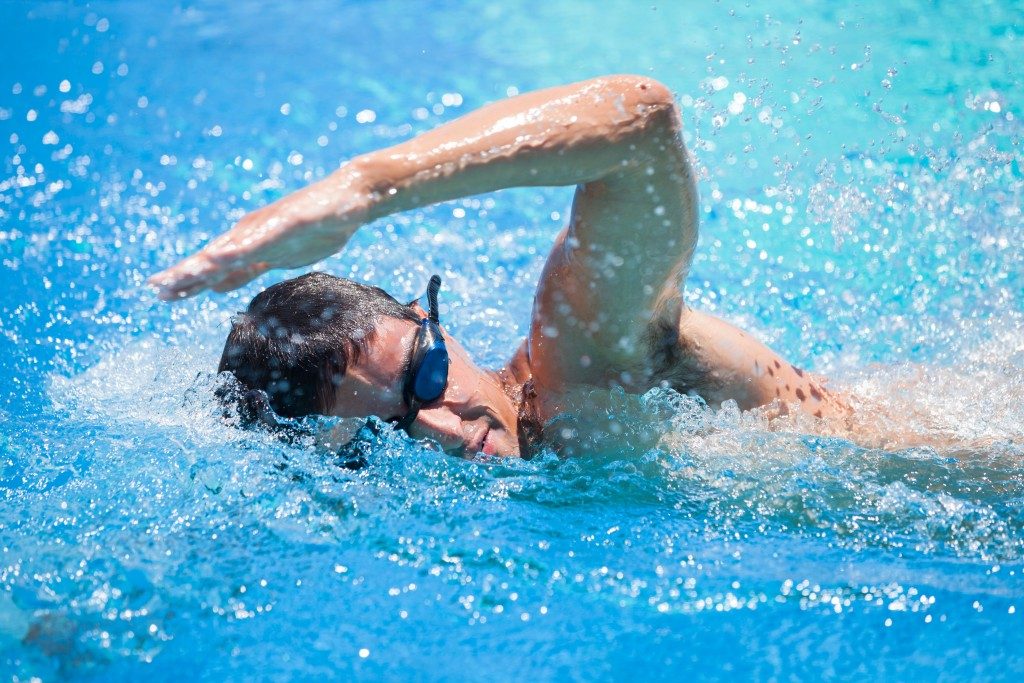You just did 20 laps on an Olympic-sized swimming pool before deciding to hit the sprinkler shower and call it a day of practice. You still have some gas left in your tank to do another 10 laps, but you need to go with your dad for some errands.
Gross, Van den Hoogenband, Thorpe, Ledecky, de Bruijn and of course Phelps. You have posters of these World and Olympic champions in your room growing up. Now you are trying to follow in their footsteps and hope to become a champion yourself.
Are 20 laps enough as part of your training? For aspiring competitive swimmers, what does it take to win in competitions? Here are a few things to consider:
A Background of the Sport of Swimming in America
Swimming became a sport in America back in 1888. In Europe, the sport was already established before and around 1882 to 1889, when governing federations were established. Competitive swimming became widely popular when it was introduced as an official sport in the 1896 modern Olympic games.
USA Swimming is the official governing body of the sport of swimming. Back in 2013, the estimated total number of USA Swimming members breached the 400,000 mark. The Local Swimming Committee or LSC is the local entity of USA Swimming.
Getting to the Competition

To prepare for any competition, you have to navigate a myriad of categories, age groups, school categories and types of events. That is what the LSC is for. One of your initial steps is to contact an LSC near you to find out about competitive swimming events being organized throughout the year. Here are a few more things to consider:
- Get a coach. You need someone to help you through all the administrative and organizational effort to get you into a competition. Finding a coach that knows the ins and outs of the system will be beneficial in the long term. Of course, he/she will also be there to coach you.
- Goal setting. You need to think about the entire calendar year or the season. You need to determine the number of meets and/or the kind of events you will be competing in. You, your coach, and the rest of your team will decide on this. These goals will be the basis of your training.
- Preparation milestones. Several weeks before or a week before a big meet, your training milestones should be very clear in your head. Experts advise that six or seven weeks before an event is when you and your coach try to hammer out difficulties, for example, in meeting time goals or if there are still swimming techniques that need to be adjusted. A week before the event is just all about being healthy and mentally prepared. By this time you know what the clock should say, once you end your competitive lap by touching the pool wall.
- Prepare your gear. Goggles, swimsuit, towels, bag and your favorite music on your iPhone should all be ready. Pack extra sets in case you lose your original set. Remember that you will be traveling and going through airports and security checks. Device a system where your back-up set will not be lost together with your original set.
- Psyche yourself up. You need to be mentally tough. Sometimes, lining up with the best swimmers can short-circuit your mind and your emotions. Visualize how you are going to perform or finish in the race. Focus on doing your best and landing a podium finish.
Preparing and winning for swimming tournaments go beyond the items on this list. Ultimately, your goal is to become like your idols—Olympic and World Champions. Practice, dedication, discipline and an excellent support group can get you there.

